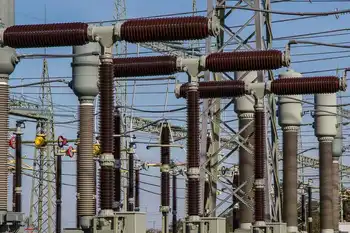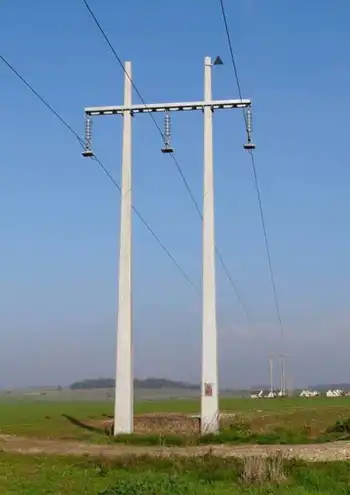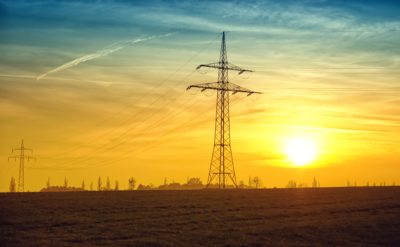Dow sees huge market in solar shingles
NEW YORK, NEW YORK - Dow Chemical Co said it would begin selling a new rooftop shingle next year that converts sunlight into electricity — and could generate $5 billion in revenue by 2015 for the company.
The new solar shingles can be integrated into rooftops with standard asphalt shingles, Dow said, and will be introduced in 2010 before a wider rollout in 2011.
"We're looking at this one product that could generate $5 billion in revenue by 2015 and $10 billion by 2020," Jane Palmieri, managing director of Dow Solar Solutions, told Reuters in an interview.
The shingle will use thin-film cells of copper indium gallium diselenide (CIGS), a photovoltaic material that typically is more efficient at turning sunlight into electricity than traditional polysilicon cells.
Dow is using CIGS cells that operate at higher than 10 percent efficiency, below the efficiencies for the top polysilicon cells — but would cost 10 to 15 percent less on a per watt basis.
Dow Solar Solutions said it expects "an enthusiastic response" from roofing contractors for the new shingles, since they require no specialized skills or knowledge of solar systems to install.
The new product is the latest advance in "Building Integrated Photovoltaic" (BIPV) systems, in which power-generating systems are built directly into the traditional materials used to construct buildings.
BIPV systems are currently limited mostly to roofing tiles, which operate at lower efficiencies than solar panels and have so far been too expensive to gain wide acceptance.
Dow's shingle will be about 30 to 40 percent cheaper than current BIPV systems.
The Dow shingles can be installed in about 10 hours, compared with 22 to 30 hours for traditional solar panels, reducing the installation costs that make up more than 50 percent of total system prices.
The product will be rolled out in North America through partnerships with home builders such as Lennar Corp and Pulte Homes Inc before marketing is expanded, Palmieri said.
Dow received $20 million in funding from the U.S. Department of Energy to help develop its BIPV products.
The company also produces fluids used in concentrated solar systems, in which sunlight is used to generate heat that produces steam to power a turbine.
In addition, it supplies materials used to help manufacture photovoltaic panels and increase their efficiency.
Dow shares were up 4.4 percent at $24.67 on the New York Stock Exchange in afternoon trading.
Related News

Ontario First Nations urge government to intervene in 'urgently needed' electricity line
OTTAWA - Leaders of six First Nations are urging the Ontario government to "clean up" the bureaucratic process that determines who will build an "urgently needed" high-capacity power transmission line to service northern Ontario.
The proposed 450 kilometre East-West Transmission Project is set to stretch from Thunder Bay to Wawa, providing much-needed electricity to northern Ontario. NextBridge Infrastructure, in partnership with Bamkushwada Limited Partnership (BLP) — an entity the First Nations created in order to become co-owners and active participants in the economic development of the line — have been the main proponents of the project since 2012 and were awarded…




